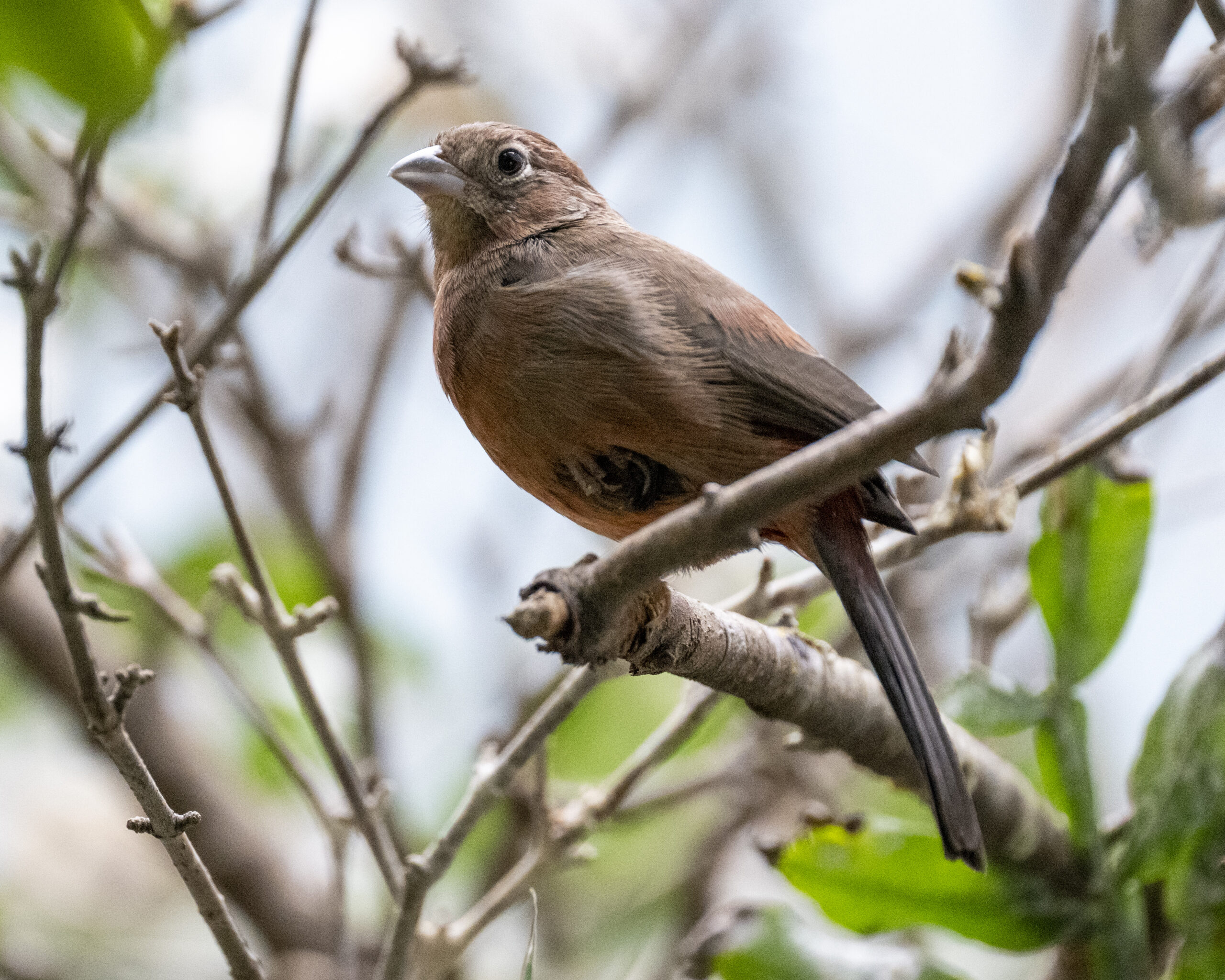
In many species, such as Red-crested Finches, males have a distinct appearance compared to females. They have a dark red coloration with a narrow white eye ring and a black-bordered…
Read More
These birds are unique in that the females look different than the males, showcasing the beauty of dimorphism. But that’s not all – their prominent bills and gorgeous plumage make…
Read More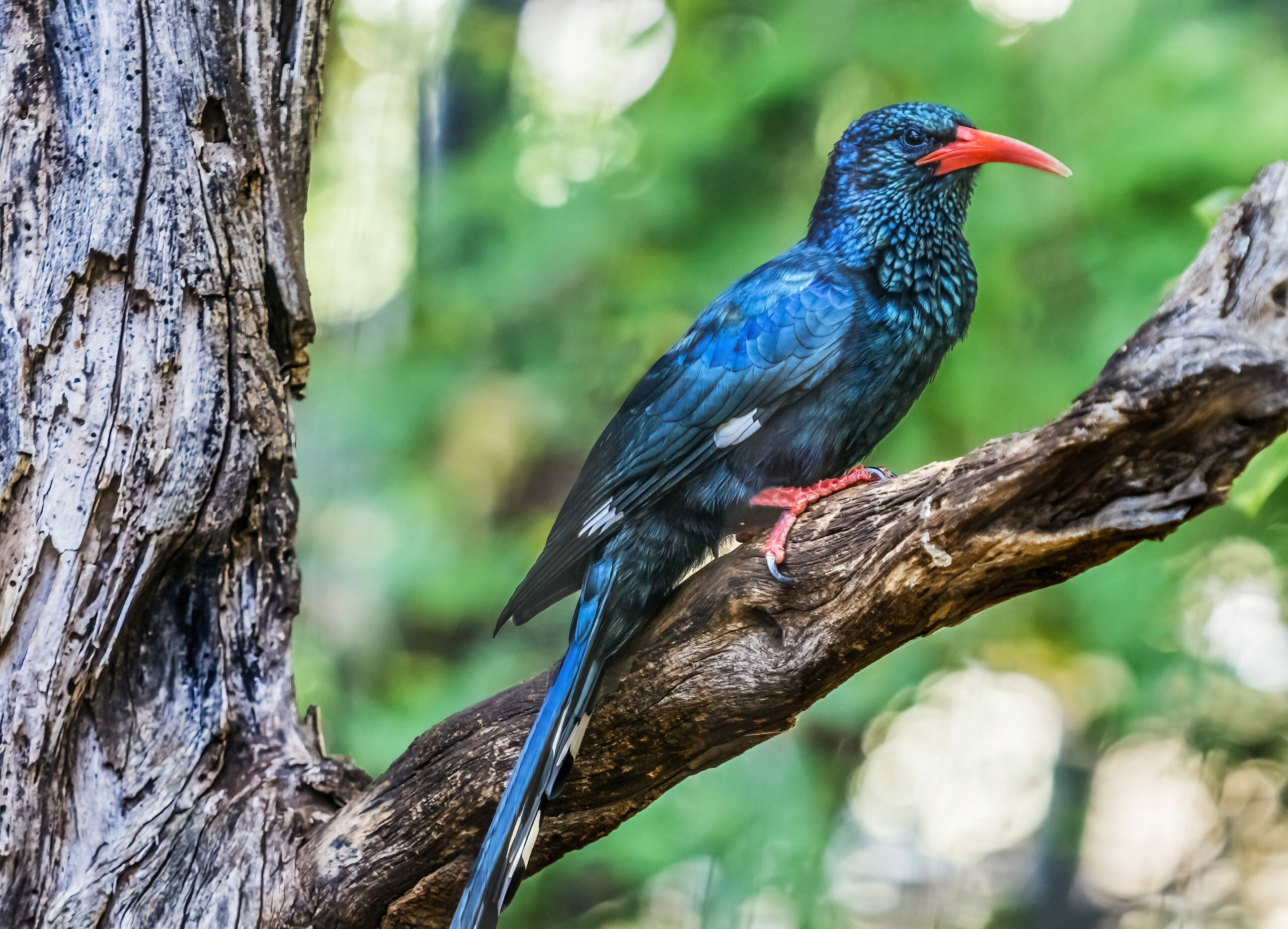
Green Woodhoopoes are very social and extremely curious about their environment – known to probe their long, curved, bright red bill into cracks and crevices in search of insects. They…
Read More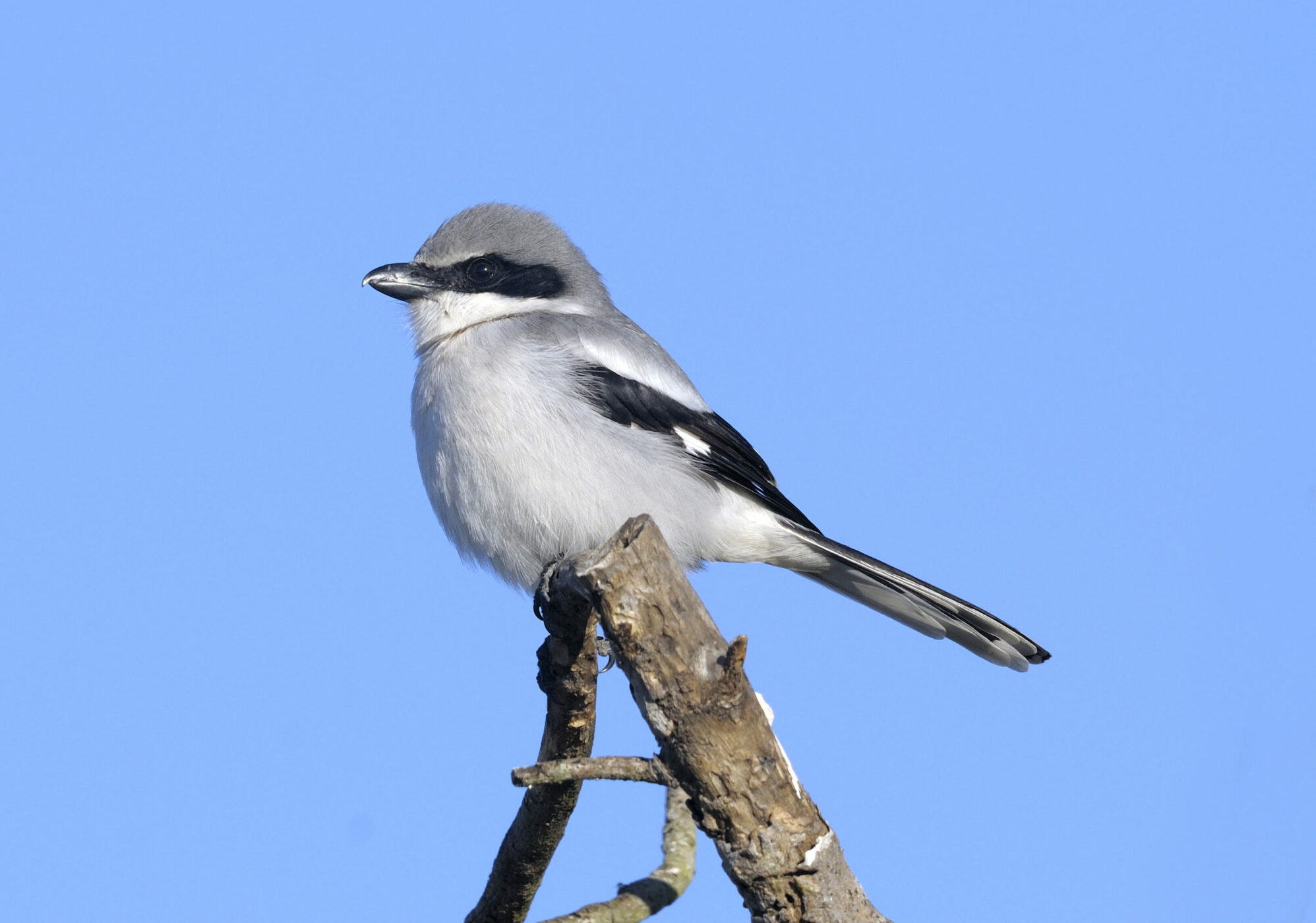
The National Aviary is home to Loggerhead Shrikes behind-the-scenes. They are hawk-like songbirds that create “food pantries.”
Read More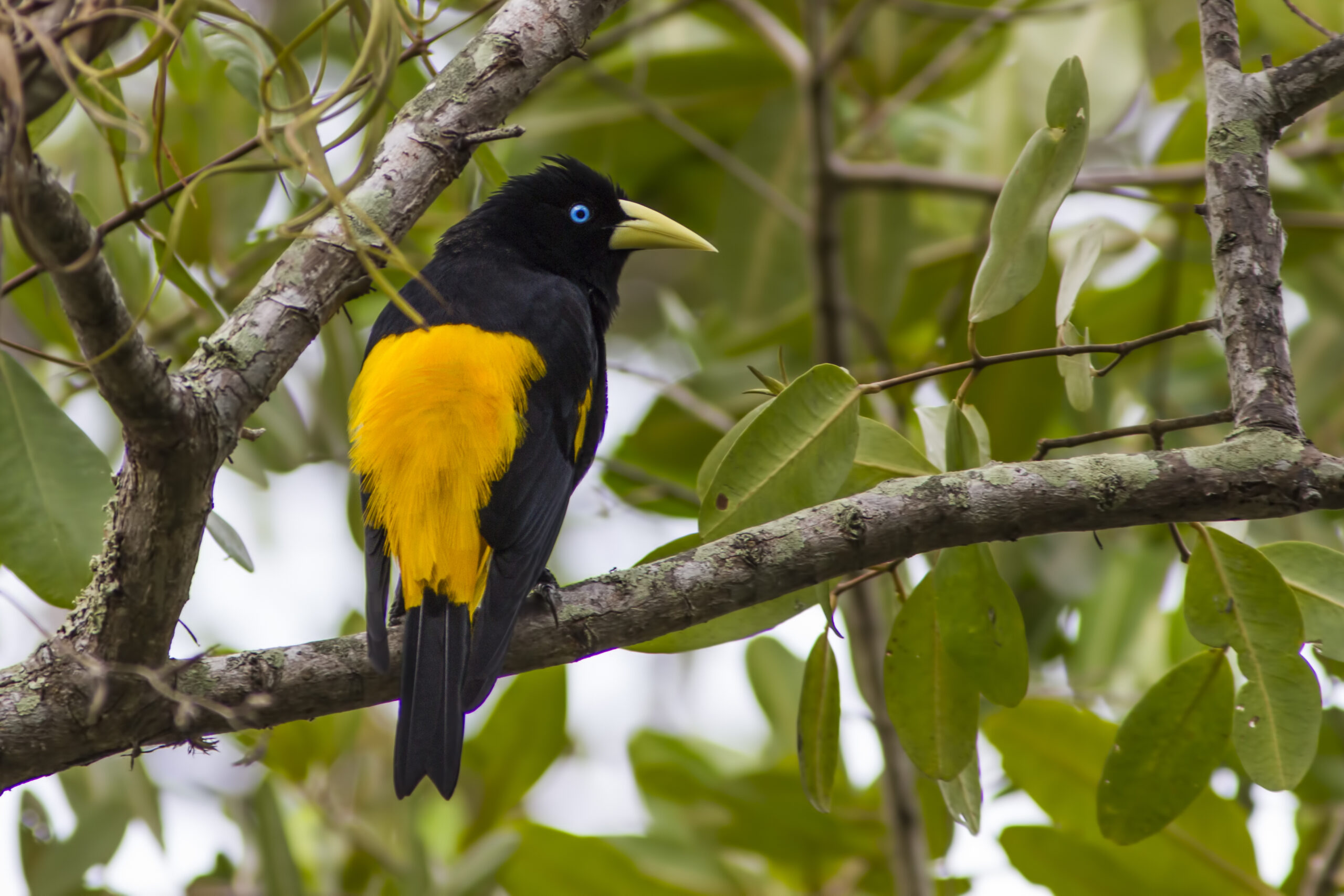
Yellow-rumped Caciques are named after the bright yellow plumage on their rump, which is brighter in males than females.
Read More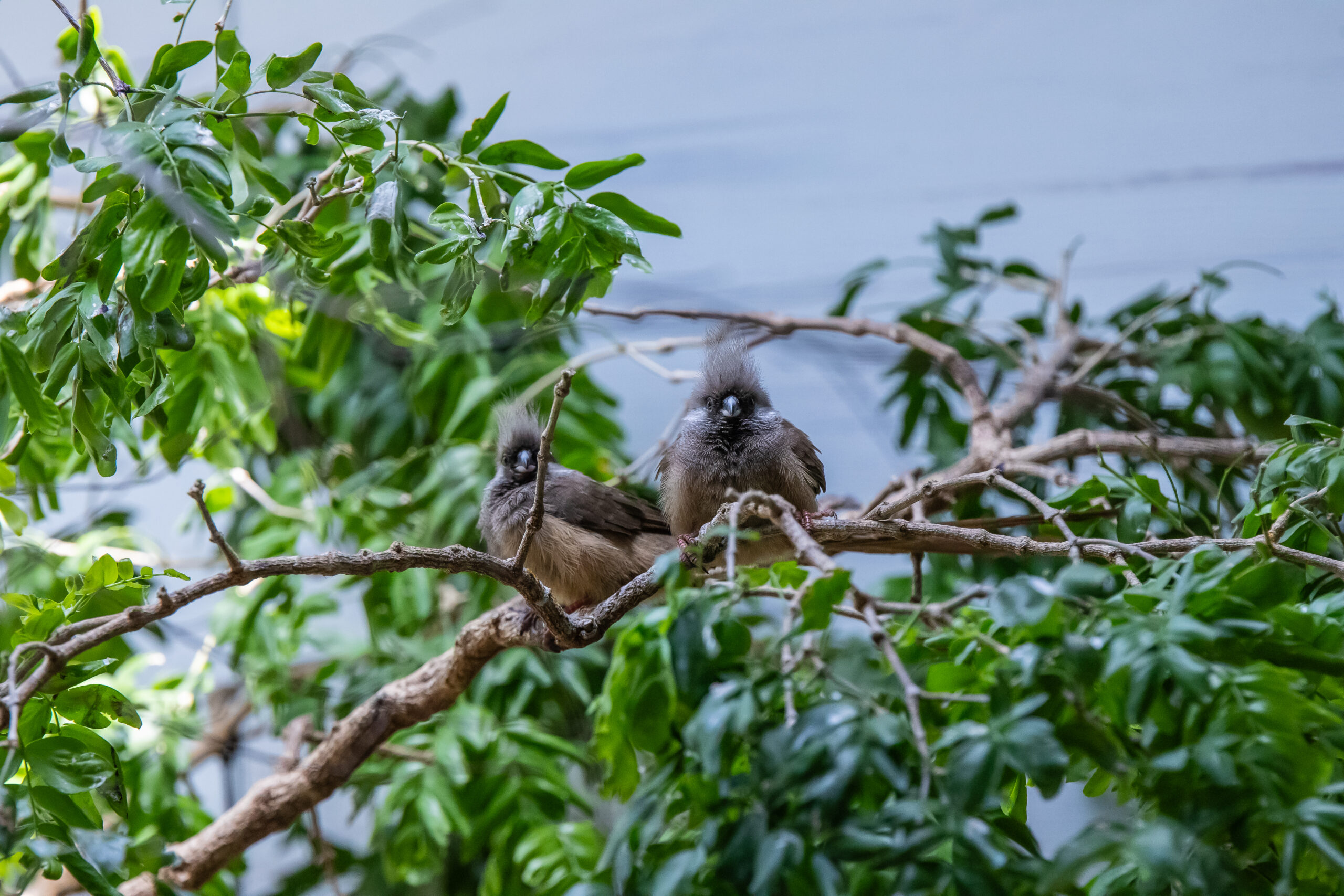
Speckled Mousebirds are very social, often living in flocks of twenty or more birds. See these fascinating birds at the National Aviary.
Read More
The striking Scarlet-faced Liocichla is found in the dense, hilly forests in Myanmar, Thailand, Vietnam, and China. These birds are typically furtive, spending much of their time foraging in the…
Read More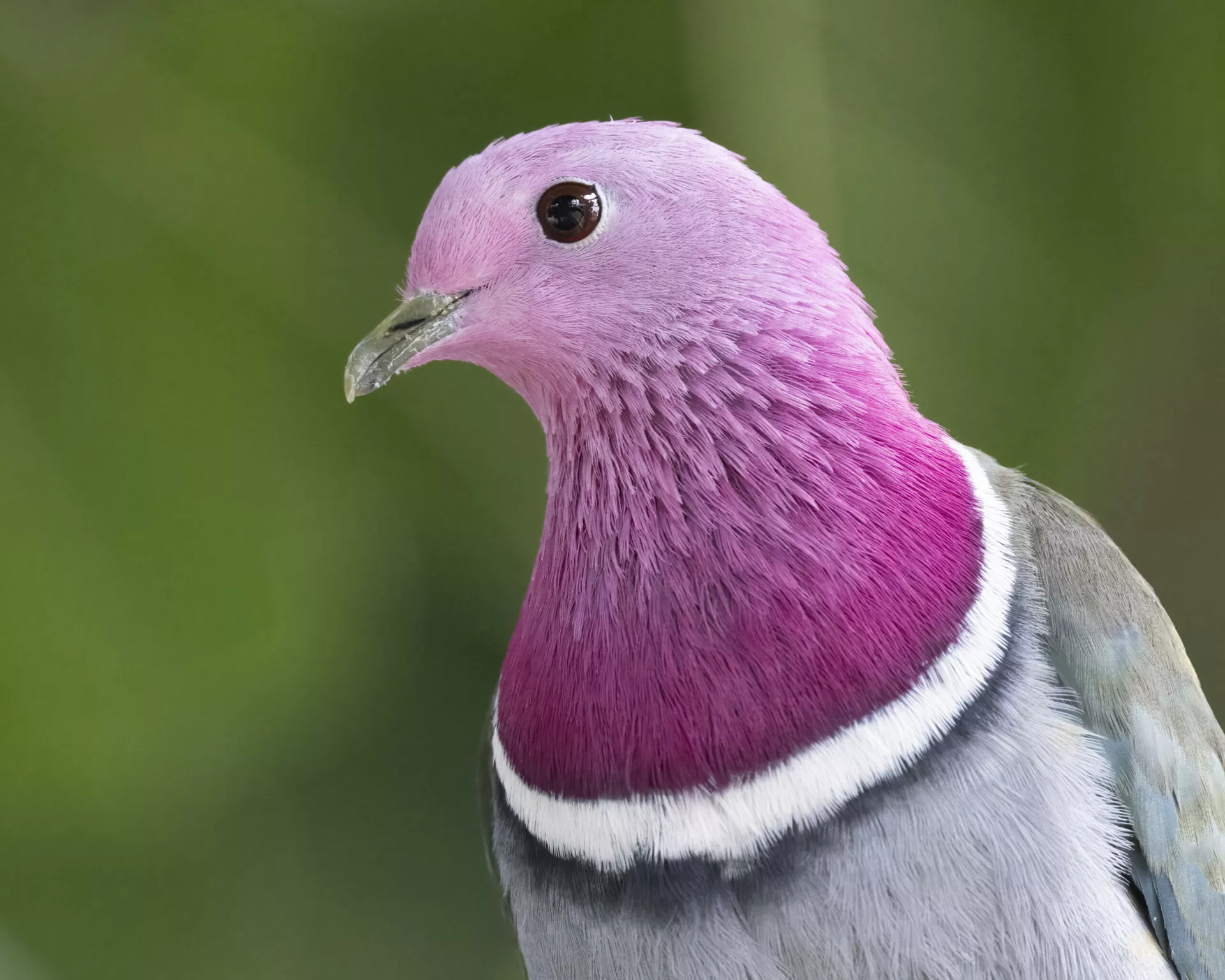
The Pink-headed Fruit-Dove is a stunning resident of the montane forests in high mountains throughout Indonesia. They feed on figs and small berries, staying high up in the forest canopy….
Read More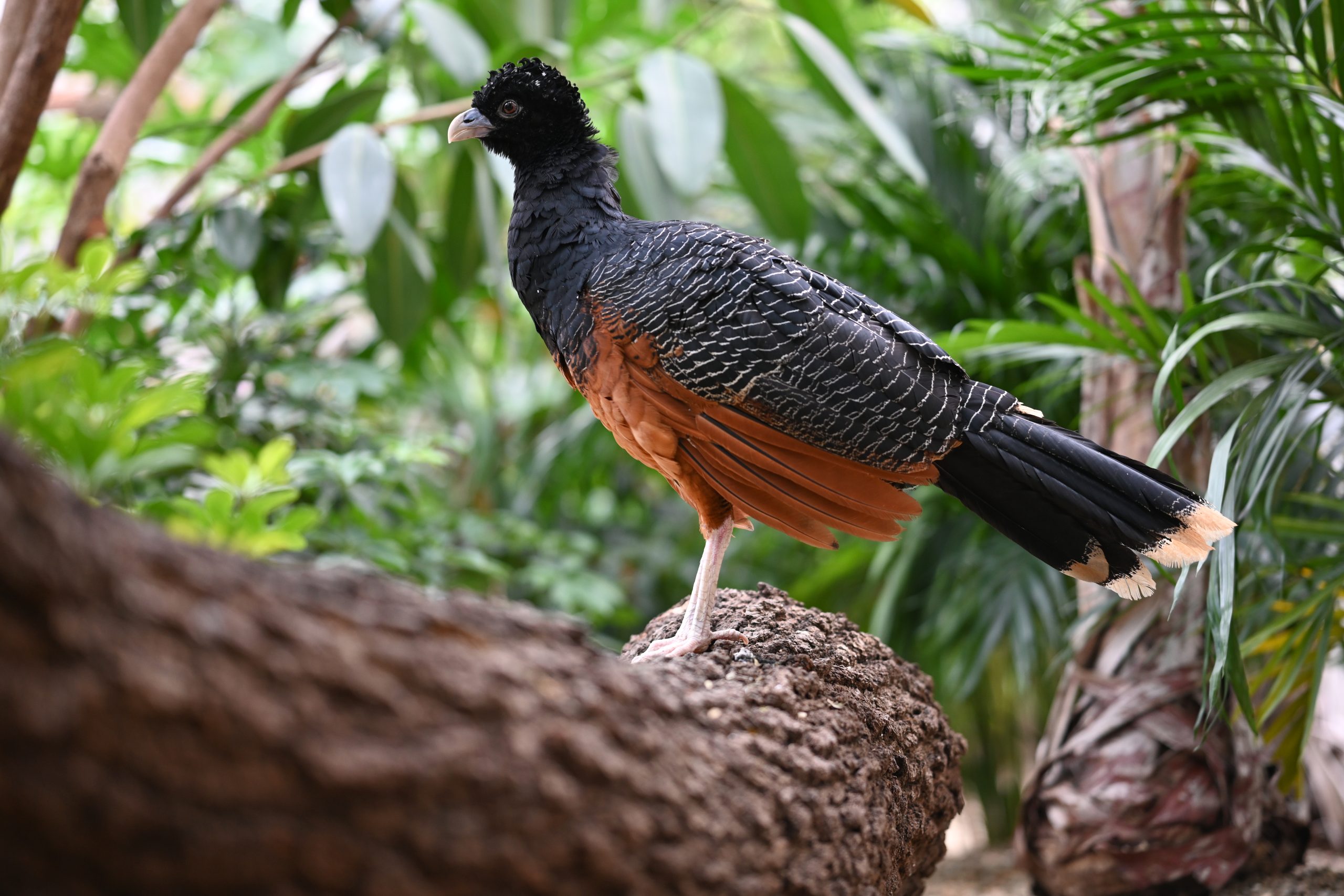
Blue-billed Curassows are large, turkey-like birds found in small, fragmented lowland habitats in Colombia. Males and females both have a fleshy blue wattle that hangs below the bill, but only…
Read More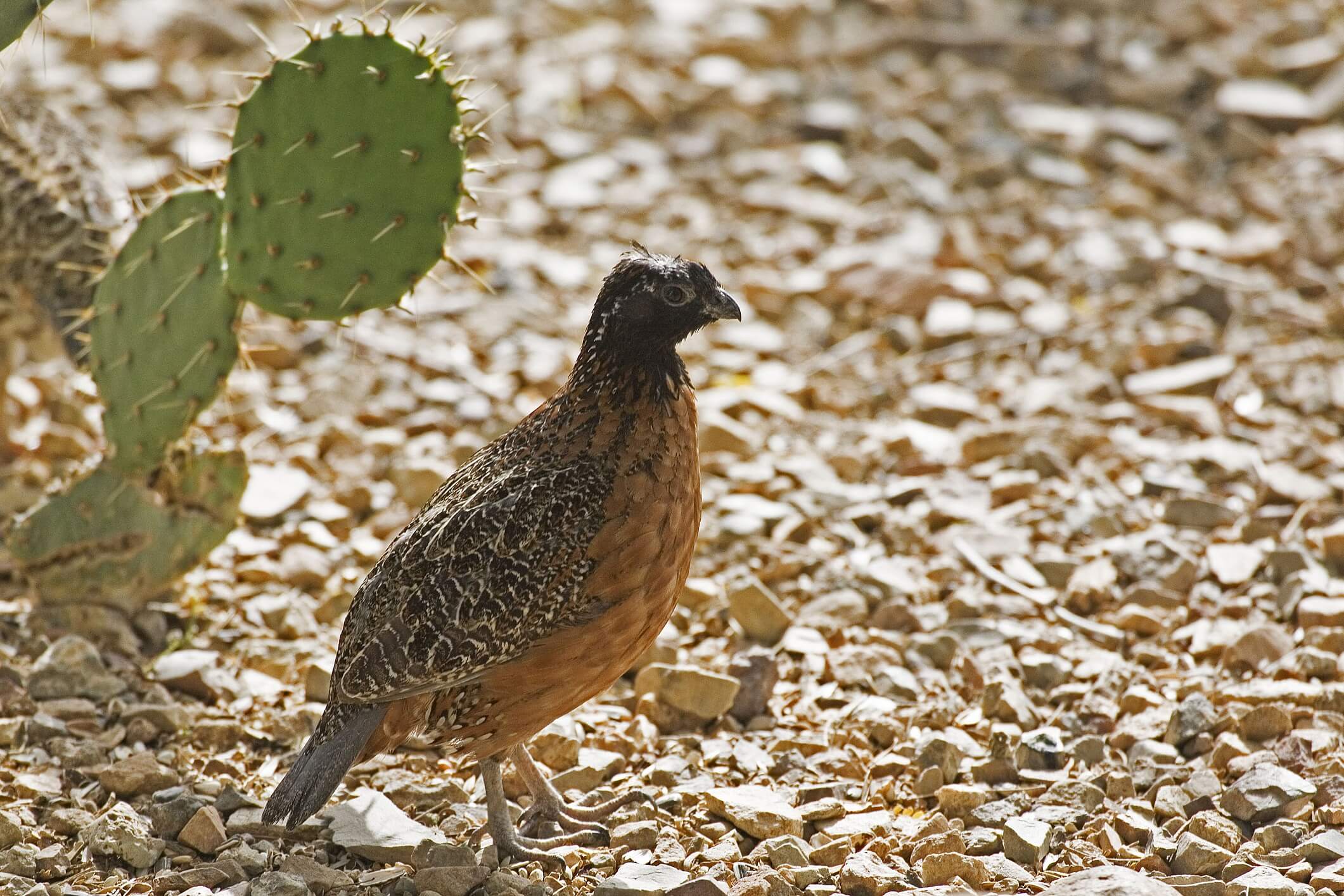
The Masked Bobwhite is a member of the New World quail family. A subspecies of the Northern Bobwhite, the Masked Bobwhite is distinguished primarily by the male’s striking appearance—it has…
Read More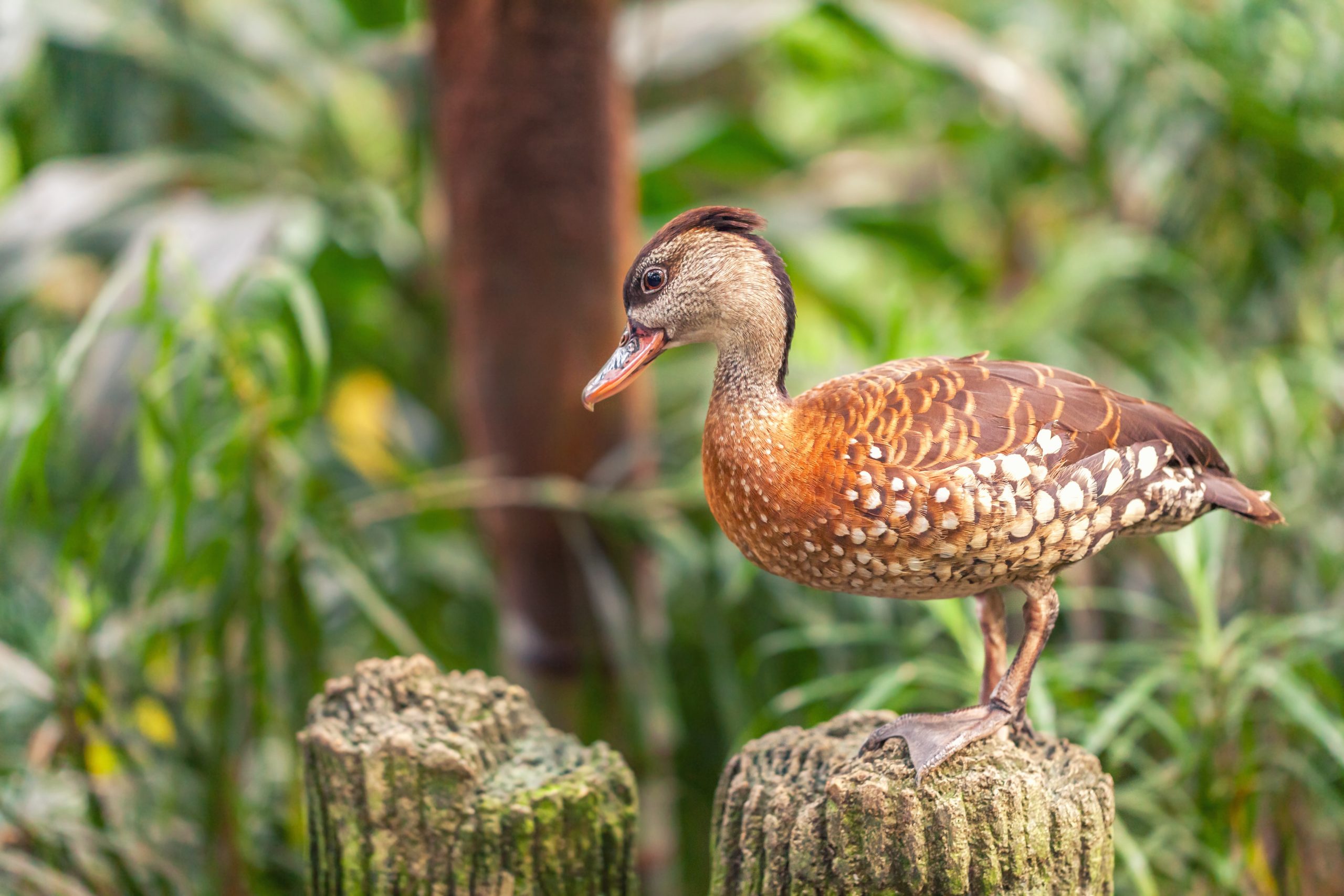
The Spotted Whistling-duck is a distinctive duck species found in southeast Asia. Also known as the tree duck, it has long legs and a long neck compared to other ducks,…
Read More
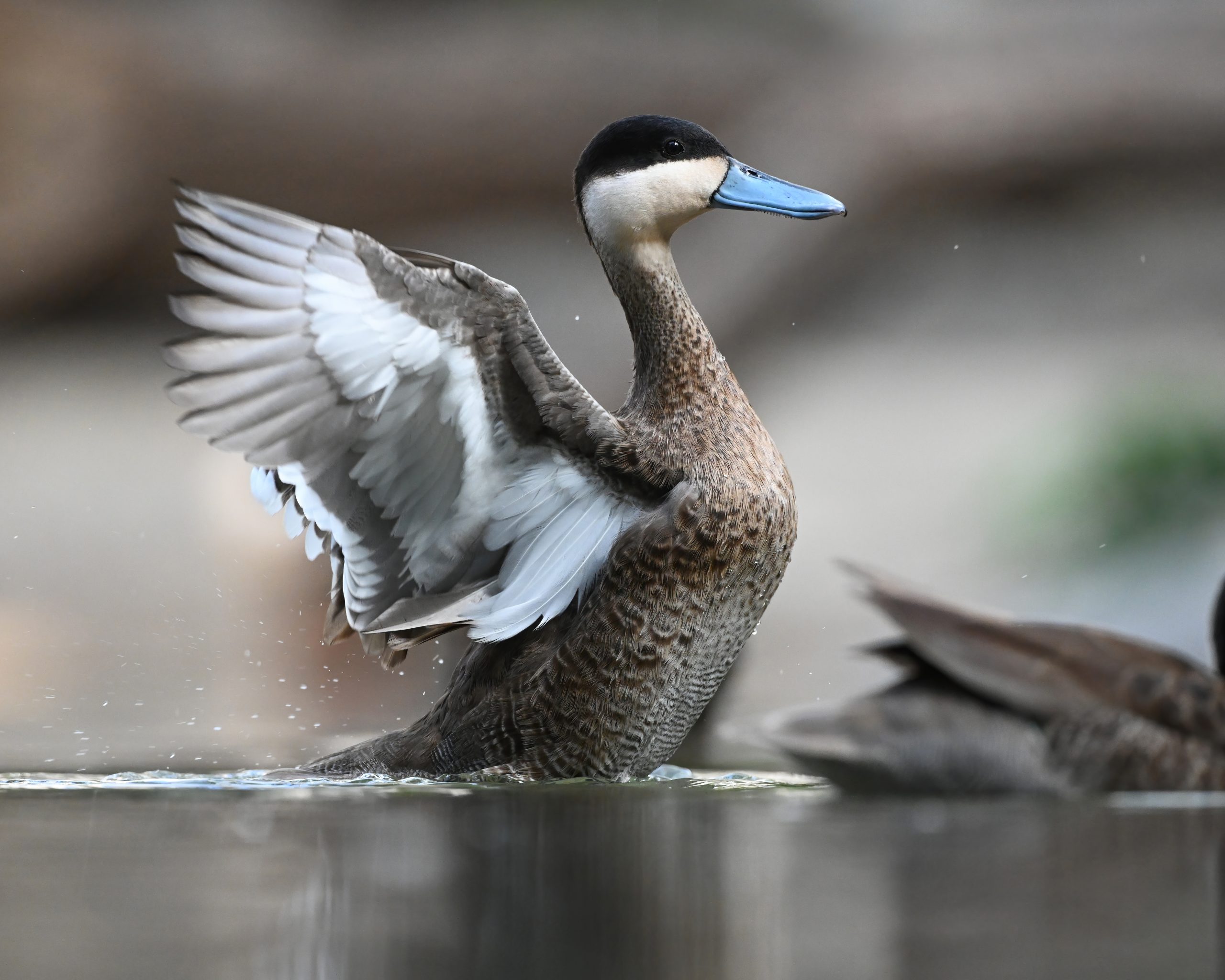
 Previous Posts
Previous Posts